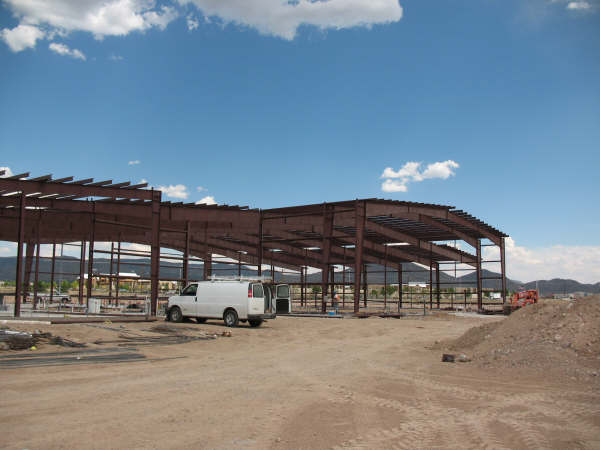
This weeks blog post is about our esteemed board president Chuck Loeber. Chuck has worked diligently on this project, but also spent many years working diligently in our field. Chuck is the author of Building the Bombs: A History of the Nuclear Weapons Complex. (which is available in the museum store)
About the Author:
"Charles Loeber worked as an engineer on the design and production of nuclear weapons for more than 40 years. He served in a variety of organizations, including the Department of the Army, the Department of Energy, and Sandia National Laboratories. Over time, his interest in the history of the Nuclear Weapons Complex grew into a hobby, and he became an authority on the subject."
This book is known as being one of the difinitive resources on the topic, being ordered and shipped every day from our store to buyers all over the world.
Take a moment to listen to this great radio interview he did. Scroll down or enter "loeber" in "find a page" to hear his spot on the show.
Resources like Chuck are one of the many reasons that this museum is truly a treasure. We are lucky to have experienced individuals with decades of knowledge as partners, docents, board members, and volunteers. We can't thank them enough, but hope to at least honor them by the creation of this new museum. It will be filled with information and knowledge of fields and topics that they themselves pioneered.
And don't forget to check out our photo page. This project is really moving - thanks to Chuck and his team!


